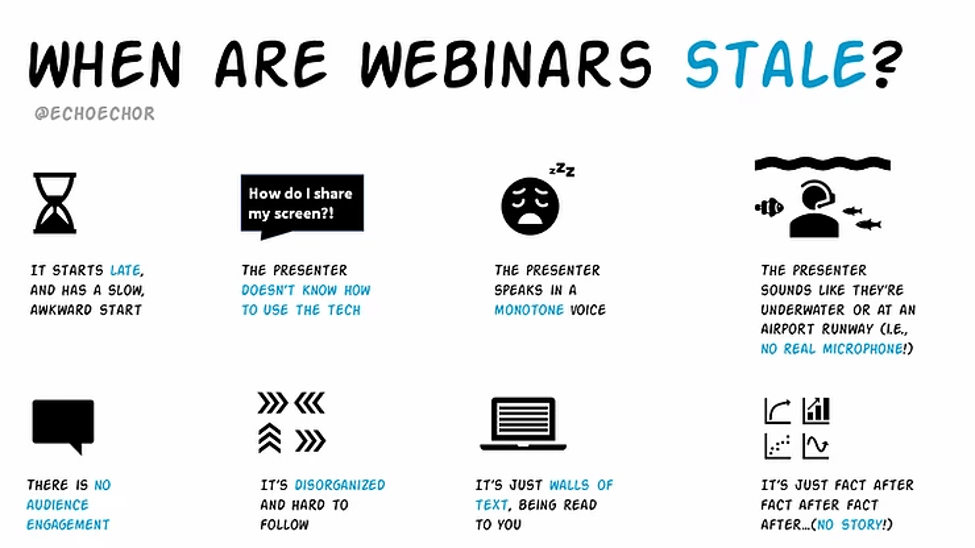12 Tips for Writing A Peer Review
![]() Completing a peer review is no small feat. You’re responsible for protecting the public from false and misleading findings, and helping to uncover legitimate breakthroughs. You’re also required to constructively critique the research of your peers, some of which has taken blood, sweat, tears and years to put together.
Completing a peer review is no small feat. You’re responsible for protecting the public from false and misleading findings, and helping to uncover legitimate breakthroughs. You’re also required to constructively critique the research of your peers, some of which has taken blood, sweat, tears and years to put together.

Despite this, peer review doesn’t need to be hard or nerve-wracking – or leave you with the feeling you’re doomed to fail. It’s actually a very structured process; it can be learned and improved the more you do it, and you’ll become faster and more confident as time goes on. Soon enough, you’ll even start benefiting from the process yourself.

This post by Jo Wilkinson originally appeared on the Publons blog under the title, “How to Write a Peer Review: 12 things you need to know.” It is republished under a CC BY-NC-ND license. Publons is a partner of SAGE Publishing, which is also the parent of Social Science Space.
Peer review not only helps to maintain the quality and integrity of literature in your field, it’s key to your own development as a researcher. It’s a great way to keep abreast of current research, impress editors at elite journals, and hone your critical analysis skills. It teaches you how to review a manuscript, spot common flaws in research papers, and improve your own chances of being a successful published author.
To get the most out of the peer review process, you’ll want to keep some best practice tips and techniques in mind from the start. Here’s where we come in.
We asked an expert panel of researchers what steps they take to ensure a thorough and robust review. We then compiled their advice into 12 easy steps, useful for both first-time peer reviewers and those keen to brush up on their skills.
Combined, our experts boast over 577 pre-publication peer reviews for 101 different journals and sit on seven editorial boards. They include: Ana Marie Florea, principal investigator and senior scientist at the Institute of Neuropathology, Heinrich-Heine-Universität Düsseldorf; James Cotter, an exercise and environmental physiologist and associate professor at the University of Otago in the School of Physical Education; and Robert Faff, professor in finance and director of research at the University of Queensland.
It’s worth bearing in mind that each of these 12 steps deserves a blog post in its own right (and we’ve done so in some cases – look out for the links). If you’d like a more complete picture of peer review and to make use of our very own Review Template, sign up for our Publons Academy. This free on-demand course teaches you the core competencies of peer reviewing and connects you with journal editors so you can put your skills into practice.
12 steps to writing a review
1) Make sure you have the right expertise (Check out our post, Are you the right reviewer?)
2) Go to the journal web page to learn any specific instructions for reviewers. Check the manuscript fits in the journal format and the references are standardized (if the editor has not already done so).
3) Skim the paper very quickly to get a general sense of it. Underline key words and arguments, and summarise key points. This will help you quickly “tune in” to the paper during the next read.
4) Sit in a quiet place and read the manuscript critically (see here for our top 12 tips). Make sure you have the tables, figures and references visible. Ask yourself key questions, including: Does it have a relevant title and valuable research question? Are key papers referenced? What’s the author’s motivation for the study and the idea behind it? Are the data and tools suitable and correct? What’s new about it? Why does that matter? Are there other considerations?
5) Take notes about the major, moderate and minor revisions that need to be made.
6) Create a list of things to check. For example, do the referenced studies actually show what is claimed in the paper?
7) Assess language and grammar, and make sure it’s a right ‘fit’ for the journal. Does the paper flow – does it have connectivity? Does it have clarity – are the words and structure concise and effective?
8) Check previous publications of the authors and of other authors in the field to be sure that the results were not published before.
9) Confirm there are no common errors present (see here for common research flaws to watch out for).
10) Summarize your notes for the editor (overview, contribution, strengths and weaknesses, acceptability). You can also include the manuscript’s contribution/context for the authors (really just to clarify whether you view it similarly, or not), then prioritize and collate the major revisions and minor/specific revisions into feedback. Try to compile this in a logical way, grouping similar things under a common heading where possible, and numbering them for ease of reference.
11) Give specific recommendations for changes in the manuscript that the authors can do. In total you should be looking at a review around two to three pages (four maximum) in length.
12) Give your recommendation to the editor.
Job. Done.
We hope these 12 steps help get you on your way for your first peer review, or improving the structure of your current reviews. And remember, if you’d like to master the skills involved in peer review and get access to our Review Template, sign up for our Publons Academy.




























































































